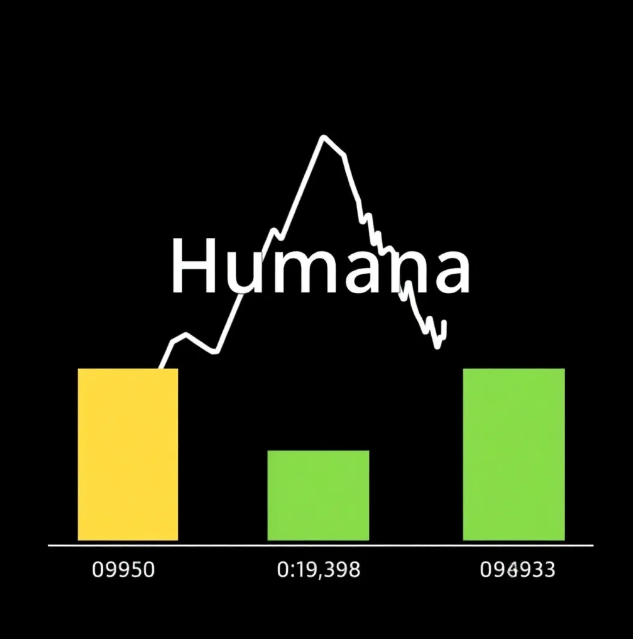Palantir (PLTR) Post Market down 6% but solid earnings and revenue beat and improved guidance.
Rev – $634Mn up 21% beats $615Mn consensus
Adjusted Operating income $226Mn beats forecast of $196-$200Mn
For the full year, Palantir lifted its revenue guidance to between $2.677 billion and $2.689 billion, above the previous range of $2.652 billion to $2.668 billion
Adjusted EPS – $0.08 per share in line with estimates
Palantir PLTR 8.06% followed up its “bombastic” December quarter with even better results for the March quarter as the data analytics software company continued to gain traction with its artificial intelligence tools in particular with U.S. commercial customers.
Nonetheless, the stock is losing ground following the announcement. Palantir shares, which rallied 8.1% in Monday’s regular session, was off more than 7% in late trading, leaving the stock up slightly from Friday’s close. The stock was up 47% this year as of Monday’s closing bell.
For the March quarter, Palantir posted revenue of $634 million, up 21% from a year ago, and ahead of both the company’s guidance range of $612 million to $616 million and Wall Street’s consensus of $615 million as tracked by FactSet.
Adjusted operating income was $226 million, well ahead of Palantir’s forecast of $196 million to $200 million. Adjusted profit was 8 cents a share, in line with Street estimates. Under generally accepted accounting principles, the company earned 4 cents a share.
Palantir gained impressive traction with U.S. commercial customers. That segment of the business grew 40% from a year ago and 14% sequentially to $150 million. Overall, commercial business was $299 million, up 27% and ahead of consensus at $292 million. Palantir said that the U.S. commercial business grew 69% year over year if you back out the contribution from customers where Palantir had made strategic investments a few years ago in a now-suspended program tied to SPAC-related IPOs.
Palantir said “remaining deal value” for U.S. commercial customers grew 74% from a year earlier and 14% sequentially. The total number of signed deals in the quarter increased 52% year over year for the quarter overall, including a 94% increase in U.S. commercial deals, Palantir reported.
Meanwhile, government segment revenue was $335 million, up 16% from a year ago, ahead of consensus at $322 million, and an acceleration from 11% growth in the December quarter.
“America is adopting technology and especially AI in a way no other part of the world is,” CEO Alex Karp said in an interview with Barron’s. “We are the only company providing the right infrastructure to make LLMs [large language models] actually valuable,” noting that the company is adopting a tagline of “beyond chat” for its AI business.
“We have a vibrancy of our tech and corporate scene that no one else has,” he said. “And as important as it is for Palantir, it’s going to change the GDP trajectory of America.” In the long run, he said the strongest players in AI will be in the U.S. and Middle East, with Europe “closing its eyes and hoping the nightmare will end.”
Palantir also provided strong guidance. For the June quarter, the company sees revenue of between $649 million and $653 million, ahead of consensus at $643 million, with adjusted operating income of between $209 million and $213 million, above the Street at $201 million.
For the full year, Palantir lifted its revenue guidance to between $2.677 billion and $2.689 billion, above the previous range of $2.652 billion to $2.668 billion. The company now sees U.S. commercial business for the year of above $661 million, up at least 45%; the previous guidance had called for 40% growth in that segment. Palantir also boosted its adjusted operating income guidance to between $868 million and $880 million from a previous forecast of $834 million to $850 million.













